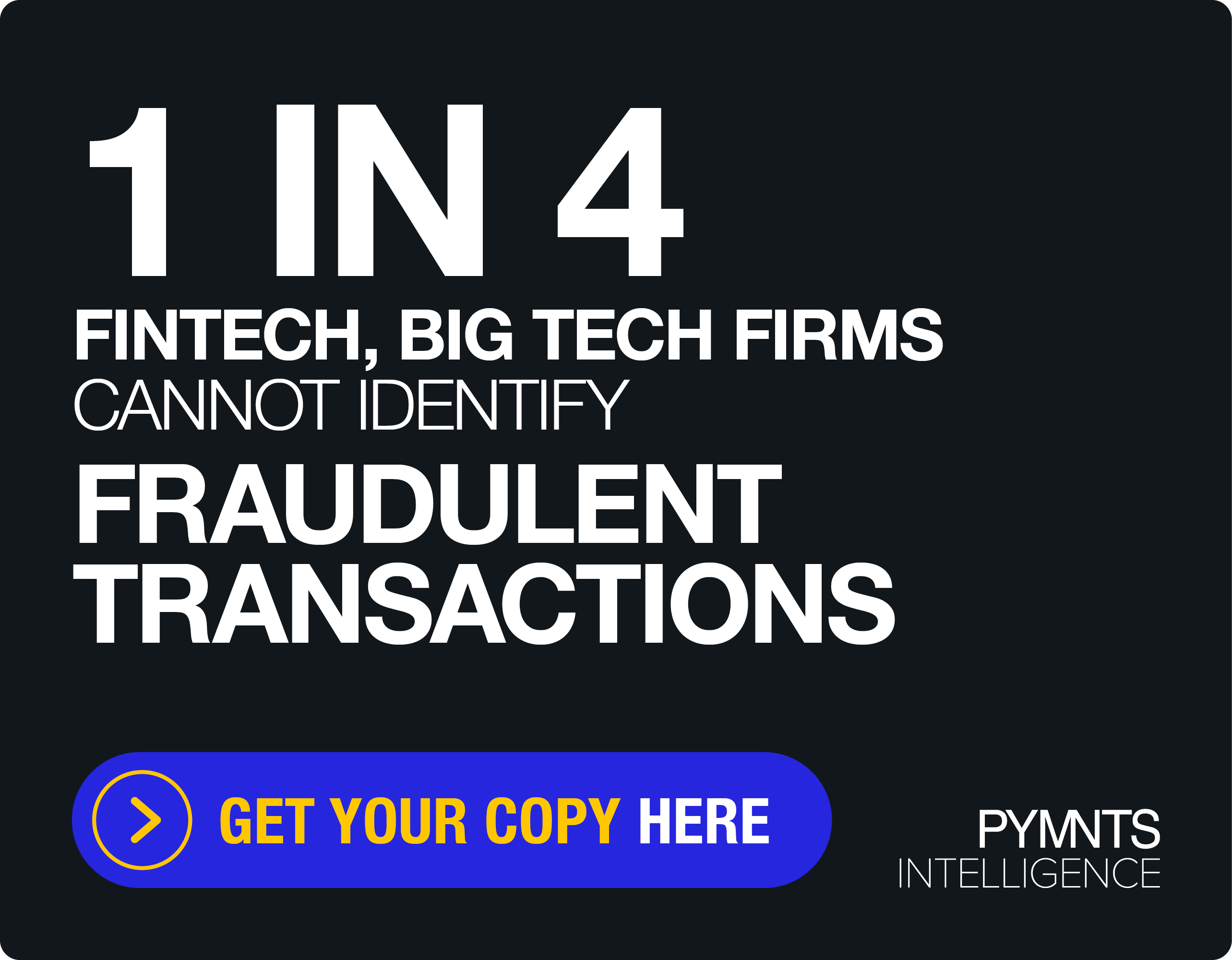Card Networks Become Hubs for FinTech Payments Modernization Efforts
FinTechs and venture capitalists recognize the pain points inherent in payments — and are investing the time and money needed to modernize infrastructure around existing rails and create new paths for money movement and acceptance of new payment methods.
A trio of payments experts told PYMNTS that connecting consumers and businesses with new experiences relies on partnerships — and the network bridges the gap between traditional and modern payments use cases.
Panelists included Wade Arnold, CEO and co-founder at Moov Financial; Ysbrant Marcelis, partner at Commerce Ventures; and Katelyn McCarthy, vice president of strategy and business development at Discover® Global Network.
Arnold captured the ultimate ambition in a statement about Moov’s own strategy and partnership ambitions: “When we’re going to market, we’re doing it in a way that doesn’t have some ‘scary’ risk, compliance, bank sponsor and payment network relationship. This is about exchanging value between two businesses or a business and a human.”
The potential for FinTechs to create new paths for money movement is significant, said Marcelis.
“The total addressable market around payments has fundamentally expanded, and the number of ‘slices’ in the pie has also gotten bigger,” he said. “…[T]here are many companies right now that are operating in the middle of the stack in terms of providing platforms that have payments at the core.”
These firms, he said, want to be “best in class” software providers for dentistry or hospitality to name but two verticals.
Shifting consumer expectations helps transform B2B payments and other use cases, said Arnold, where Venmo and Cash App’s ease of use has set up hopes that other payments can be just as intuitive. The consumer, who is also a business owner, now may wonder why accounts receivable processes are disjointed, or why they’re handling paper checks in the back office.
“There’s now the need to pay however I want to pay — or get paid — and do it all quickly,” said Arnold.
And to get there, he said, there’s been a shift away from what Marcelis termed a “transactional view of partnerships toward a much more strategic mindset.” Payments modernization has meant that complexity must be “abstracted” away.
“From a developer perspective, this is really about ‘how can you consistently make things simpler and easier to both access and program across payment flows?’” he said.
Simplifying the developer’s efforts makes it easier to digitize disbursements, payments acceptance and virtual card issuance, he said.
The Network as ‘Hub’
McCarthy said the network operates as a “hub” of multiple endpoints between merchants, consumers and new companies that want to take advantage of existing legacy infrastructure while creating new business models.
“When you break it down into fundamental components,” said McCarthy of payments, “this is something that the networks have been doing forever — and against a common set of standard specifications” connecting many parties on one side of the equation to many parties on the other.
There are different types of networks, Marcelis pointed out, and “traditional” networks have long served “traditional” use cases, but what’s needed is a central point of interaction that gives FinTechs — and their developers — access to several in-place and emerging payment rails without exposing them to complexity, with the lowest possible cost.
The panelists noted that Discover’s network enables existing and new payment flows to be applied to new business models and serve industries that have traditionally been reliant on ACH, checks and even cash.
“The ability to innovate with a ubiquitous network is really important for every FinTech out there,” Arnold said.
And the network itself must always evolve, where money is moved faster, yes, but also intelligently — with more data in the mix, added Marcelis.
“We’re working with parties in the ecosystem to ‘start’ one way, and halfway through that [payments] problem-solving, pivot and start to try to attack a different problem,” Marcelis said. “We solve these problems on the fly to help partners evolve their business models.”
Real-Time Payments on the Horizon
Looking ahead, instant payments are fully on the horizon with the imminent launch of FedNow, and panelists noted that there will be some seismic shifts in payments.
“At Moov,” said Arnold of his company’s card acquiring and processing efforts, “we’re excited about faster payments, whether that’s through The Clearing House, push to debit or FedNow.”
Faster payments will cannibalize low-dollar wire transactions and take advantage of areas where same-day ACH is not relevant, speeding up transactions and settlements for small businesses, he said.
“You’re going to see exciting opportunities for small businesses that are turning over cash flow faster than ever before,” he said.
Marcelis added that faster payments will unlock new partnership opportunities for FinTechs and traditional players across marketplaces and B2B — while there will be a “disaggregation of the payments value chain.”
The enhanced data that flows alongside those payments will enable firms to manage back-end processes and even inventory more efficiently, McCarthy added.
At the center of it all, no matter the innovation, lies the network, which ties “emerging endpoints that converge around the hub,” McCarthy said. “It’s the original foundation, widely accepted and ubiquitous … and it offers common framework that everyone looks toward as they strive toward the end game they all want to achieve.”

